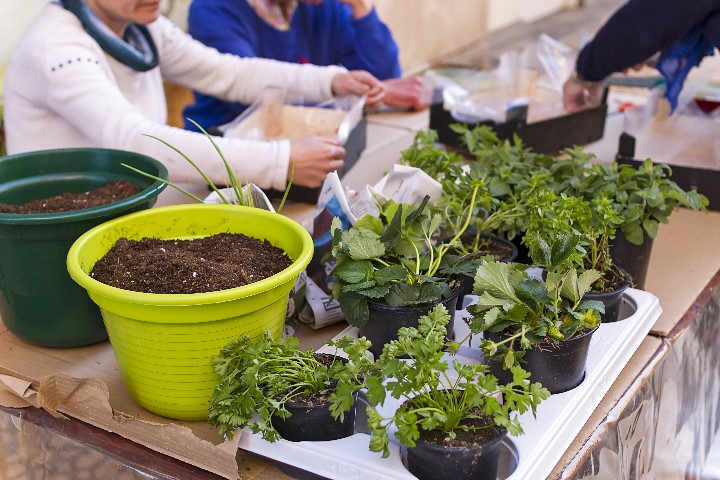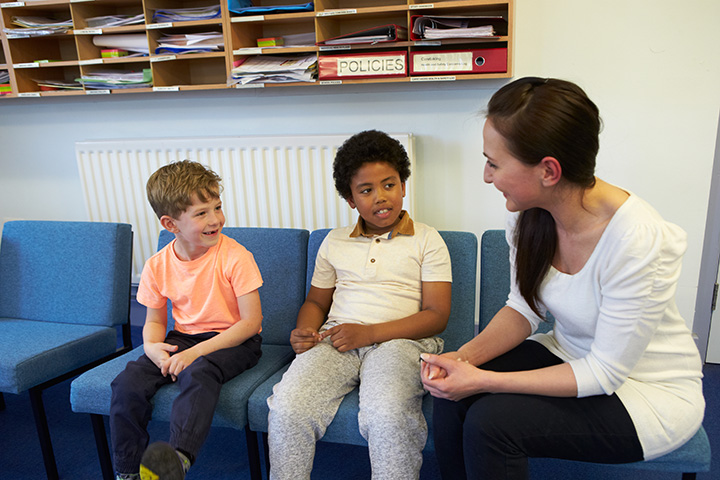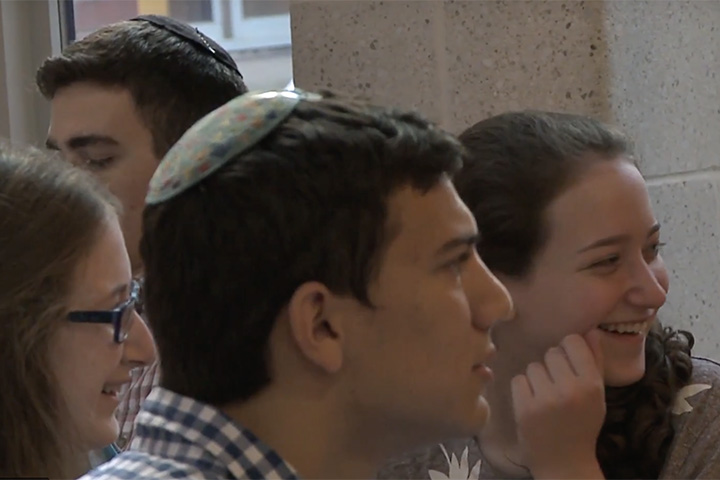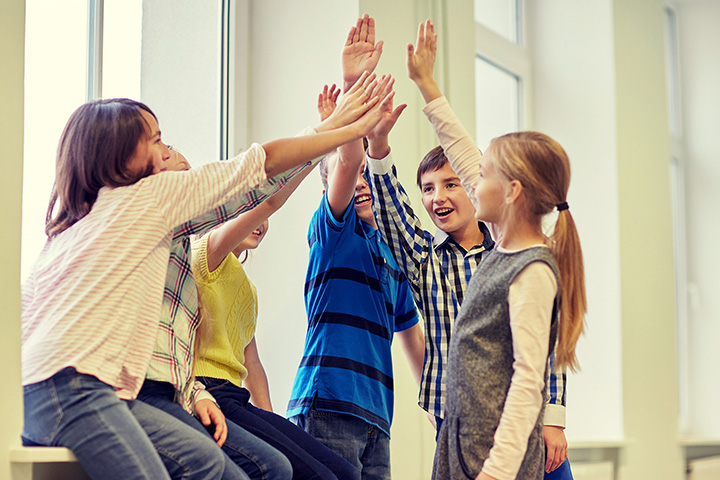In Montpelier, VT, biology students are tending to both their own education and a greenhouse serving their whole school district’s food system. The high school students are thriving with the responsibility of growing salad greens, which are purchased and served by all three schools in their district, as covered by Edutopia.
The greenhouse is part of an extended service-learning project led by Tom Sabo, science teacher and sustainability educator at Montpelier High School. He says, “When we’re producing food, there’s that purpose and that brings relevance. It’s all about student engagement and by engagement I’m not talking about just paying attention. I’m talking about an emotional, psychological commitment to their learning.”
All educators strive for the student engagement that Sabo describes, but it can be difficult to get there. One of the teachers he collaborates with on the project, Anne Watson, a physics teacher, breaks down the initial plan for a service-learning project: “I first look at, what are my objectives? What do I want kids to walk away with by the time this unit is over? How are the kids going to get from not knowing anything to a final product that is useful and helpful?”
In the case of Montpelier High’s greenhouse, that means all biology students tend daily to two trays of salad greens, that are harvested twice a week. Students handle all the necessary tasks of planting, watering, monitoring of harmful pests, and “thinning.” They also blog about their experience and constantly have to be on the lookout for new ways to apply their learning.
Local cafeteria staff feel that the project has positive results outside of just food production. They’ve noticed that students who played a role in the growing process are more likely to choose the nutritious greens for lunch.
Sabo reports, “The level of responsibility—we didn’t realize how big it was going to be . . . If you skip a day [the salad greens] die.”
It turns out having meaningful responsibility is the key to the engagement that Sabo described earlier, as well as forming character, and having the learning stick. As Watson reflected: “The kids are going to remember it forever.” She adds, “It’s not just about the grades for them.”
“I’ve seen students who are not really that engaged in school come alive when they get to a project that is going to mean something to someone else.”
Building responsibility and care for others through service learning is possible in all sectors of American education. The School Cultures and Student Formation project at the Institute for Advanced Studies in Culture studied secondary schools in ten sectors—public, private, and home. Notre Dame sociologist David Sikkink studied pedagogical schools, which frequently use service learning. “Local service projects and social activism were seen as important forms of engagement” in caring for the local community, Sikkink writes in The Content of Their Character.
Vanderbilt University offers this definition of service learning: “A form of experiential education where learning occurs through a cycle of action and reflection as students seek to achieve real objectives for the community and deeper understanding and skills for themselves.” It doesn’t have to be a greenhouse. Edutopia offers a guide for planning a service unit.










